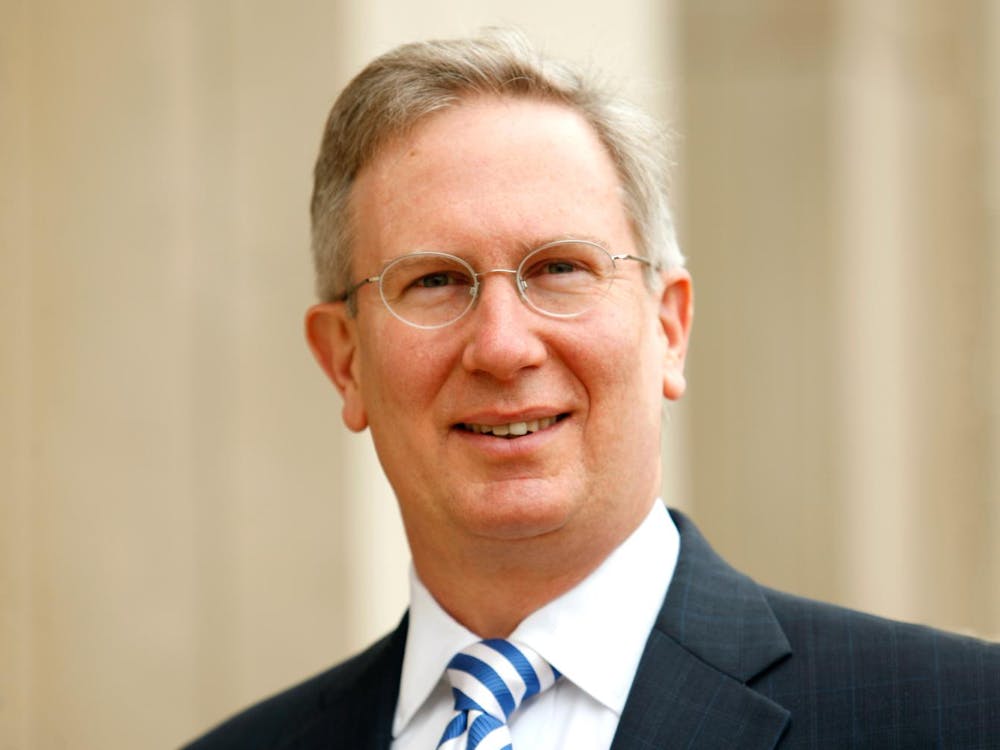Results from the University Board of Elections University-wide election last week saw a 25 percent voter turnout overall — a stark decline from last year’s 40.54 percent. Last year’s vote was an 8 percent increase from the general election held in 2012, with momentum largely coming from heated debate about the Honor Committee’s proposed Restore the Ideal Act.
Third-year Engineering Student Jalen Ross won Student Council President uncontested with 16.26 percent of the electorate casting ballots. A total of 5,631 students cast votes in this year’s races, compared to 8,862 students in last year’s race, according to data from the elections board’s website.
UBE Chair Krishna Korupolu, a second-year College student who serves as the group’s financial officer, said the high number of uncontested races is linked to low voter engagement.
“The problem is voter engagement at its core,” Korupolu said. “When the race is uncontested, there is no reason for candidates to reach out to their voter base.”
In last year’s Engineering Council elections, 1,149 students voted in the contested race for president between Shiv Sinha and Scott Mattocks, but only 981 of the 3,126 students in the Engineering School voted in the uncontested race for treasurer. Additionally, in last year’s election for third-year president, 1,422 then-second years voted for the uncontested Will Laverack, which is less than the 1,767 total undergraduate second-years who voted in any UBE election. In other words, only 39.79 percent of last year’s second years voted for their president.
This year’s elections for third-year president, featuring College students Jack Vallar and Andrew Kwon, and third-year vice president, featuring College students Parisa Sadeghi and Conrad Tindall, are bringing in much higher rates of third-year turnout than other races, Korupolu said on Thursday before the polls closed.
Both races drews voter turnout of slightly more than 40 percent.
Voter turnout varies by school as well. Korupolu said the smaller schools have a smaller turnout, perhaps because these schools often have their own elections. The largest school, the College, typically has the largest turnout rate in elections, with 50 percent in the spring of 2013 and 45 percent in the spring of 2012.
This year, the Law School saw the highest participation rate — with three of its six races gathering more than 50 percent turnout, and each race gathering more than 40 percent. The only undergraduate school to see more than 50 percent turnout in any race was the Batten School.
The only College race which saw more than 20 percent turnout was the race for Honor representatives, which saw 24.77 percent of students turn out.
“[The University Board of Elections wants] to look to encourage people to run for positions early on in the year,” Korupolu said, hoping that this would decrease the amount of uncontested races and therefore potentially increasing the voter turnout. “We need to encourage more participation and self-governance.”






